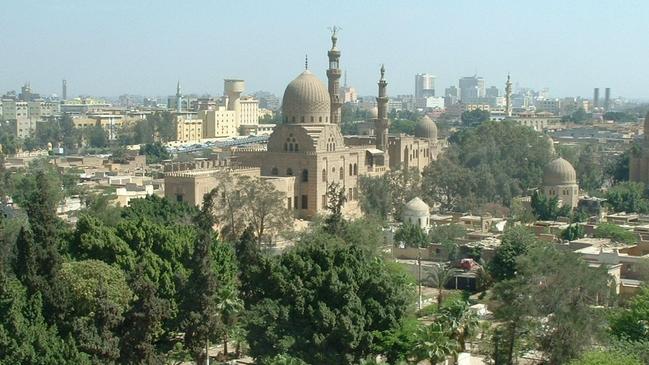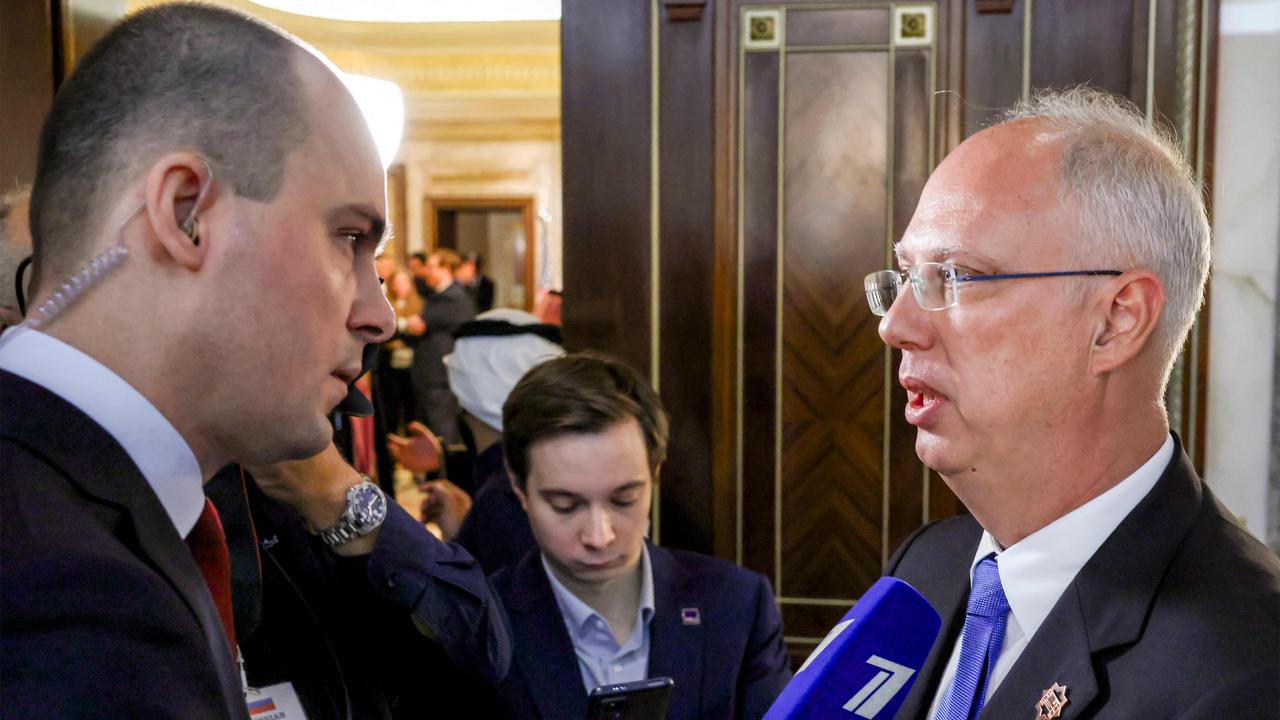Cairo’s City of the Dead makes way for new life
One of the world’s most spectacular cemeteries faces the bulldozers.

Cairo’s City of the Dead has always teemed with life. One of the world’s most spectacular cemeteries, home to Egypt’s deceased elite but also to hundreds of thousands of people who live among the tombs, it now faces the bulldozers as President Abdel Fattah al-Sisi pursues his plans to rebuild Cairo in his image.
A 16km elevated freeway is to be driven through al-Qarafa, the cemetery’s Arabic name, ending a way of death that dates from the Muslim conquest in the seventh century.
“You are standing before a memory of an celebrated era of Egyptian history,” said Mohammed Yakan, scion of a family of pashas and ministers, at the family compound, adorned with cupolas and more than 100 ornately carved tombs. One is home to his great-uncle, Adly Pasha Yakan, three times prime minister in the 1920s.
In the seventh century the site was out in the desert. But in the centuries since, Cairo has become one of the world’s largest cities, its 20 million occupants living in a giant sprawl, half in shoddy, semi-legal apartment blocks. Now the bulldozers are working at full swing, demolishing apartment blocks, cemeteries and gardens in favour of new highways linking the city to the new administrative capital that Mr Sisi is building in the desert to the east.
When he staged the coup that brought him to power in 2013, Mr Sisi said he wanted to impose order on Egypt’s chaos. Unlike Cairo, which is a patchwork of winding streets, with each district reflecting the tastes of successive dynasties, the new capital will be a geometrically ordered, tightly policed zone that will be home to administrators, army officers and a presidential palace.
Sited 48km east of the city centre, it will house 6.5 million people across an area of desert the size of Singapore. Whether that ever happens depends on the success of the much smaller first phase, and the creation of a network of freeways connecting it to the old city centre, the pyramids to the west, and the historic Islamic quarter.
The government says $95bn will be spent on transport infrastructure alone by the end of the decade.
In the City of the Dead, the plan is to drive a flyover through its heart, displacing the masses who live there. That includes the grandest area, around the shrine of Imam al-Shafii, the ninth-century scholar who founded one of the four schools of Islam.
Few dispute that the city’s infrastructure badly needs investment, but even so, geographers and urban planners say the scale of demolition is unnecessary for the stated goal of clearing traffic black spots.
“The market value of cemetery land is very high,” said Galila el-Kadi, emeritus research director at the French National Research Institute for Sustainable Development.
“People have been talking about using the land for real estate since the 90s. They are supposed to build a new administrative capital to relieve pressure on old Cairo. So why do you need to sabotage the old capital?”
The clearance has started with 1177 graves, so far mainly of working-class people whose families were less likely to organise opposition.
The Times



To join the conversation, please log in. Don't have an account? Register
Join the conversation, you are commenting as Logout